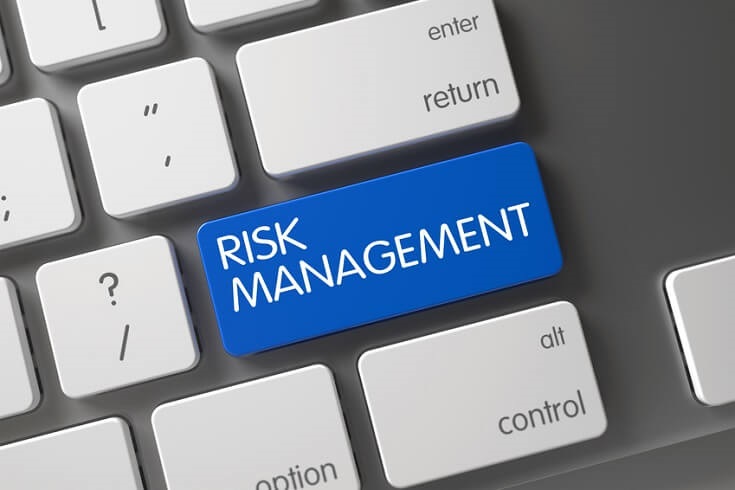
Cómo mejorar la gestión del riesgo
La Gestión del Riesgo
¿Qué es la gestión del riesgo?
Antes de hablar sobre cómo mejorar la gestión del riesgo, es importante definir qué es la gestión del riesgo. La gestión del riesgo es el proceso de identificación, evaluación y mitigación de los riesgos que pueden afectar los objetivos de la empresa. La gestión del riesgo es una parte importante de la gestión de calidad, ya que permite identificar y abordar los riesgos que podrían afectar la calidad de los productos o servicios que se ofrecen.
Paso 1: Identificar los riesgos
El primer paso para mejorar la gestión del riesgo es identificar los riesgos que podrían afectar la calidad de los productos o servicios que se ofrecen. Esto puede incluir riesgos relacionados con el proceso de producción, la cadena de suministro, la tecnología utilizada, la capacitación del personal, las regulaciones y normas aplicables, entre otros.
Para identificar los riesgos, es importante contar con un equipo multidisciplinario que incluya a expertos en diferentes áreas de la empresa. Este equipo puede realizar un análisis FODA (Fortalezas, Oportunidades, Debilidades y Amenazas) para identificar los riesgos internos y externos que podrían afectar la calidad de los productos o servicios que se ofrecen. También se puede realizar una matriz de riesgos para identificar y clasificar los riesgos según su probabilidad de ocurrencia y su impacto potencial.
Paso 2: Evaluar los riesgos
Una vez que se han identificado los riesgos, es importante evaluar su impacto potencial en la calidad de los productos o servicios que se ofrecen. Para ello, es necesario determinar la probabilidad de ocurrencia de cada riesgo y su impacto potencial en la calidad de los productos o servicios que se ofrecen.
Para evaluar los riesgos, se puede utilizar una matriz de riesgos que permita clasificar los riesgos según su probabilidad de ocurrencia y su impacto potencial en la calidad de los productos o servicios que se ofrecen. También se pueden utilizar otras herramientas de análisis de riesgos, como el análisis de modo de falla y efecto (AMFE) o el análisis de árbol de fallos (AAF).
Paso 3: Mitigar los riesgos
Una vez que se han identificado y evaluado los riesgos, es importante tomar medidas para mitigarlos y reducir su impacto en la calidad de los productos o servicios que se ofrecen. Esto puede incluir la implementación de medidas preventivas, la corrección de los problemas existentes y la implementación de un plan de contingencia en caso de que ocurra un evento adverso.
Para mitigar los riesgos, es importante contar con un plan de acción que incluya las medidas a tomar para reducir o eliminar los riesgos identificados. Este plan de acción debe ser específico y detallado, y debe incluir los plazos, los recursos necesarios y los responsables de su implementación.
Además, es importante establecer un sistema de seguimiento y monitoreo para evaluar la efectividad de las medidas implementadas y hacer ajustes si es necesario. Este sistema de seguimiento puede incluir la realización de auditorías internas y externas, la evaluación de la satisfacción del cliente y la realización de pruebas y controles de calidad.
La gestión del riesgo es un proceso continuo que debe ser actualizado y adaptado constantemente a medida que cambian las circunstancias y las condiciones del entorno empresarial. Es importante que la empresa tenga un enfoque proactivo y esté preparada para hacer frente a los riesgos y desafíos que puedan surgir.




